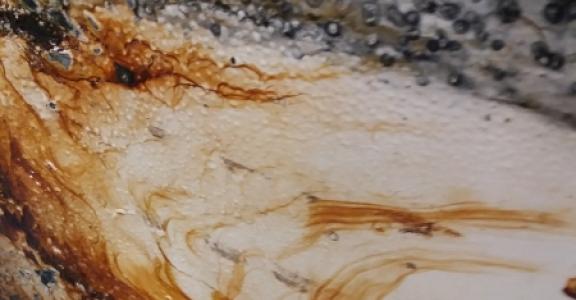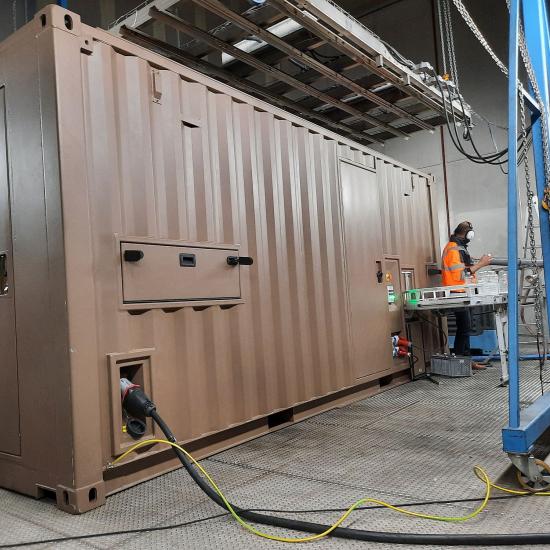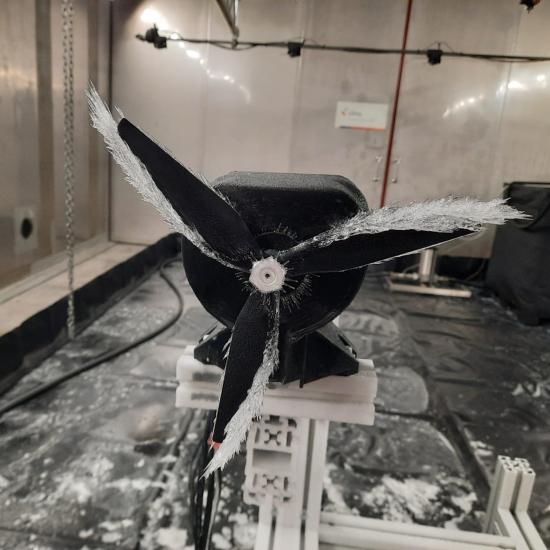Parkwind is a pioneer company in Europe in the field of investing, developing, building and running offshore wind farms since 2012. Three windfarms in the Belgian part of the North Sea are operated by Parkwind: Belwind, Northwind, Nobelwind. Together they represent a capacity of 552MW. An additional windfarm, Northwester 2, is currently in the construction phase.
Through its Offshore Wind Infrastructure Lab (OWI-Lab) ) and in cooperation with its material experts, Sirris supports Parkwind in their effort to better understand and predict the impact of combined fatigue and corrosion on the lifetime of offshore monopile foundations. This includes a combination of corrosion monitoring, residual stress measurements and fracture mechanics calculations.
Predicting fatigue degradation of foundations
The foundations used in these windfarms are of the monopile type, which is essentially a huge steel tube driven into the seabed. Due to the cyclic loads of wind and waves, these foundations are subjected to severe fatigue loads, which are the limiting factor in the design life of these structures.
Corrosion adds an additional component which can accelerate the fatigue degradation of the foundations. Unfortunately it is difficult to asses just how severe the corrosion is and what the impact is on the design life. Additionally, the worst loads occur just below the seabed (in the mudzone), where there is most uncertainty about the severity and type of corrosion (risk on microbiologically induced corrosion). It is also very difficult, if not impossible to inspect this zone of the structure. These combined challenges are presently addressed by conservatism in the design. Improved understanding and prediction capability could reduce such conservatism, helping to reduce the cost of renewable energy.
Corrosion sensors
In order to get a better estimate of the expected impact of corrosion on fatigue life, fracture mechanics calculations were performed with the introduction of an additional crack growth rate linked to both pitting and uniform corrosion. The corrosion rates were obtained from a combination of literature data and direct corrosion monitoring to assess the real corrosion behavior of the foundations under consideration. Parkwind had installed a corrosion monitoring set-up various environmental and corrosion sensors. By further optimizing the use of corrosion sensors, it may in the near future become possible to accurately determine corrosion in difficult to inspect regions such as confined spaces and even the mud zone. Sirris, in collaboration with its partners in the OWI-Lab, supported Parkwind by analyzing the monitoring data and performing fracture mechanics calculations.
For a company such as Parkwind and other owners of large scale infrastructure, it is not corrosion which is the main concern, it is the consequence of corrosion, i.e. the impact on the (mechanical) life of the structure that matters. By following the outlined approach, it is possible to more accurately assess the risk both uniform and pitting corrosion pose to the structure, without in-situ inspections.




